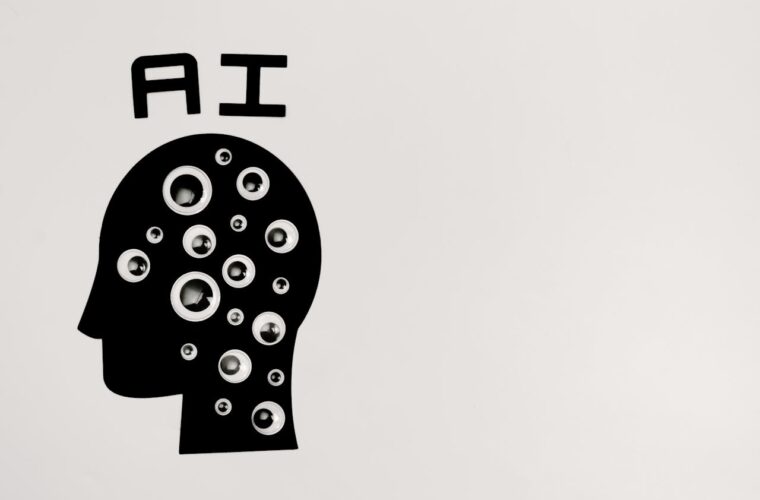Smartphone users are accustomed to unlocking their phones using their fingerprints and some already have access to features like face recognition to automate access. Using passwords is
still a valuable safety measure, but biometric technology is quickly giving way to more sophisticated weapons in fighting security attacks and privacy violations. Not only for mobile
devices, these emerging technologies are also being considered a potential solution for troublesome IoT industry security concerns.
According to the report Biometrics – Global Market Outlook (2018-2027), the biometrics market is expected to be worth $76.64 billion by 2027. This prediction isn’t hard to believe. Most mobile app users have probably noticed how banks recommend security measures such as fingerprint authentication to log-in. And as recently as 2016, HSBC announced the incorporation of mobile voice recognition into its UK services, assuring that it has saved the company over $300 million in fraud prevention.
However, biometric technology can also be controversial —not only because identical twins can easily hack their brother or sister’s phone. Some experts are also skeptical and recognize potential flaws that can easily be exploited. Is mobile biometric technology the best alternative for protecting our cellphones? First, let’s understand how this technology works.
Biometric technology in mobile devices
What is biometric technology? Simply put, it is technology that scans, analyzes and identifies biological features of a human being. With the help of complex sensors and in-depth data analysis, biometric technology can identify a person by their unique characteristics, converting them into a biometric pattern. We all know that our DNA is one of a kind, and now tech companies are capitalizing on it to improve customer safety and privacy.
Emerging as a practical solution among tech and communication companies a few years ago, biotech has become an industry standard to reduce common password breaches and hacks in a digitally-friendly way. And who hasn’t forgotten a password? Remembering passwords is hard, particularly those that require special characters. Despite the array of password management tools available online, only 24% of Americans use them and 52% reuse the same password for multiple accounts, according to recent Google surveys.
Through different methods, biometric technology can alleviate the agony of memorizing passwords. Within the smartphone industry, various types of physiological measurements have already been implemented, such as:
Fingerprint recognition
This popular biometric technology has been on the mobile market since 2004 when Pantech launched the model GI100, the first cell phone to implement fingerprint recognition. However, it wasn’t until 2007 that Toshiba really caught user attention, when it started selling its models G500 and G900. Later on, this feature became mainstream in 2013 when Apple launched the iPhone 5S and introduced the Touch ID. Now, most modern smartphones include an in-screen scanner for fingerprint recognition.
There are different techniques being used by smartphone manufacturers to provide “touch ID.” The oldest one is an optical scanner, which uses light projection to “read” patterns on the skin. Capacitive fingerprint sensors represent the main scanning method used in technology today. However, both have shown difficulties in recognizing fingerprints in certain situations, such as when the skin is wet or moisturized. This is one of the reasons why engineers developed an even newer method: ultrasound scanners, a touchless technology that utilizes sound waves to create virtual 3D maps with complete details of skin peculiarities.

Voice recognition
Alexa and Siri are the most popular voice recognition software in the tech industry. Users have typically experienced ‘commanding’ their smartphones to google information and asking Siri awkward questions just for fun. However, as mentioned earlier, voice recognition technology has evolved to provide efficient solutions for identity recognition and as a shield against financial fraud.
Speed, accent, and vocal cords are now easily analyzed through our smartphones and compared to a company’s database in order to access personal bank accounts or unlock devices. However, there are still major concerns and evidence that this security strategy isn’t bulletproof. A BBC reporter was able to cheat HSBC’s voice recognition security system and got access to his non-identical twin account just by mimicking his voice.
Deepfake voice algorithms also continue to worry users and experts for their startling results. Artificial intelligence can make you speak like Barack Obama or readily learn to imitate voices within seconds. Officially, It has not been proven that this technique can violate biometric technology, but the possibility exists.
Facial recognition
Integrated face scanning for smartphones is relatively new. Modern biometric software can study the distinctive features of our faces, compare “markers” to stored data, to identify a particular human being. Facial recognition algorithms have been perfected over the past five years, primarily by efforts from companies like Facebook and Google, and can be easily linked to digital cameras—it’s been revolutionary. In China, it is now mandatory for smartphone users to submit facial recognition scans.
Apple’s Face ID was introduced in November 2017 with the iPhone X and is now included on every new device. Their sophisticated technology works by projecting infrared dots onto the user’s face and then using its infrared camera to read patterns, allowing users to unlock their screens, as well as make payments through Apple Pay without touching their phones.
Apple is the leading company in facial recognition technology, but others have also developed their own biometric software and sensors. Samsung has included fingerprint, facial and iris recognition on their Galaxy Note 9. And LG’s G7 ThinQ model includes an AI camera with facial recognition, while Huawei has also joined the competition in launching their own affordable devices with this technology.
Takeaways
Without a doubt, biometric technology is a more convenient alternative when compared to memorizing passwords. Optimization of security technology is allowing users and companies to trust one another and connect in ways that we had only seen in sci-fi films. But can we blindly rely on fingerprint, voice, and facial recognition?
It is probably too soon to understand the eventual consequences of these technologies developments on our smartphones, and users should remain attentive to how private companies are using their personal information. But one thing is certain: mobile biometric technology is here to stay and it will be increasingly integrated into our everyday lives, whether we approve of it or not.



